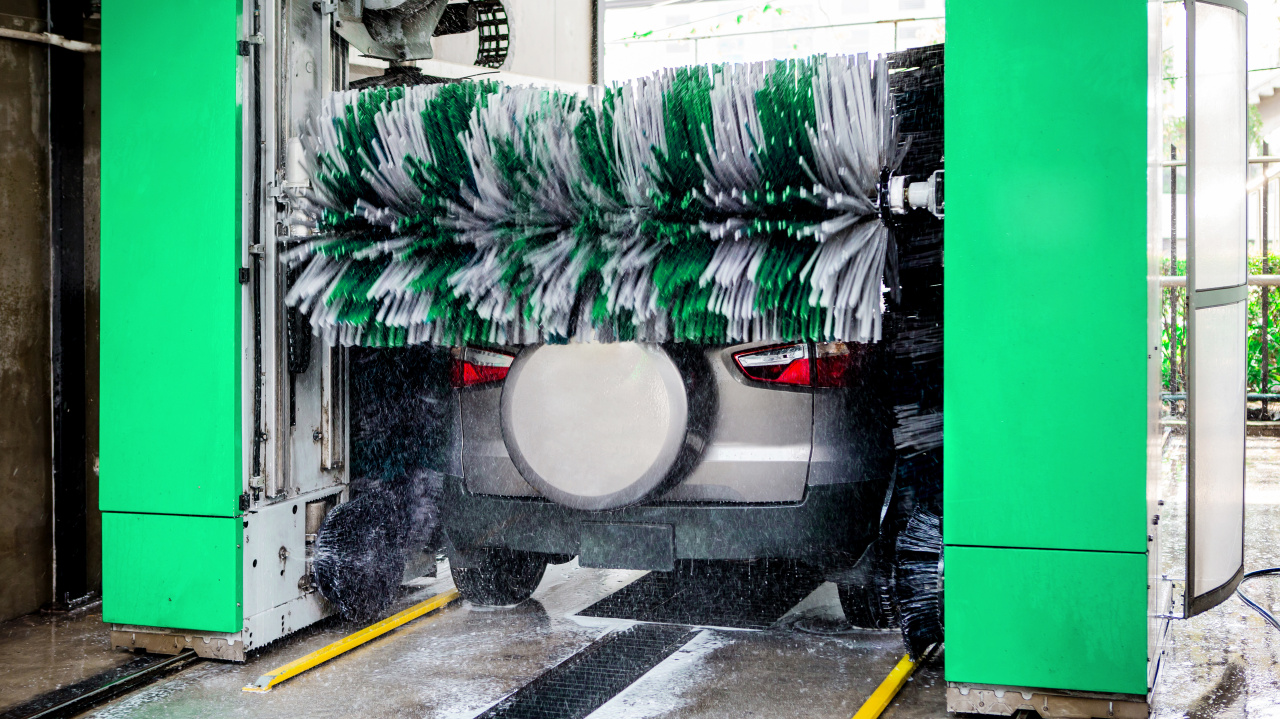In the era of rapid change in manufacturing finance, the concept Pay per Use Equipment Finance is emerging. It is changing the traditional financial models and providing companies with unimaginable flexibility. Linxfour is at the cutting edge of this transformation, makes use of Industrial IoT to bring a new kind of financing that benefits both equipment operators and manufacturers. We examine the complexities of Pay-per-Use financing, the impact it has on difficult situations and how it can transform financial practices by shifting from CAPEX to OPEX. This allows for the process of preparing balance sheets according to IFRS16. For more information, click Off balance
Pay-per Use Financing: It’s Powerful
Pay-per-use financing is a game changer for companies. Instead of rigid fixed-priced payment schedules, businesses are able to pay based on the actual use of their equipment. Linxfour’s Industrial IoT integration ensures accurate tracking of usage, providing transparency, and removing fees or hidden costs if the equipment isn’t being utilized. This revolutionary approach increases flexibility in managing cash flow. It is particularly important during periods of changing demand from customers and the low level of revenue.
Effect on sales and business conditions
The overwhelming consensus among equipment makers is testimony to the possibilities of Pay per Use financing. Even in tough economic times 94% of them believe this model is a good method to increase sales. Affiliating costs with the use of equipment is appealing to companies that are looking to increase their spending. It also allows manufacturers to offer attractive loans to their clients.
Accounting Transformation: From CAPEX to OPEX
One of the major differences between traditional leasing and Pay per Use financing is in the realm of accounting. When you pay per use, organizations undergo a profound transformation by shifting from capital expenditures (CAPEX) to operating costs (OPEX). This has major impact on financial reporting, providing a more precise representation of costs related to revenue production.
Unlocking Off-Balance Sheet Treatment under IFRS16
Pay-per-Use finance offers a distinct advantage, as it is not a part of the balance sheet. This is an essential element to be considered when designing the International Financial Reporting Standard 16 IFRS16. Through transforming the cost of financing equipment companies can take these liabilities off the balance sheet. This decreases financial leverage and minimizes investment hurdles and makes it appealing to companies seeking an easier financial structure.
In the case of under-utilization, KPIs can be improved and TCO raised.
Pay-per use models, as well as being off the balance sheet are also a great way to improve important performance indicators (KPIs) including cash flow-free and Total Cost Ownership (TCO) especially in cases of under-utilization. The leasing models built on traditional approaches can pose problems when equipment isn’t being used in the way that is expected. Through Pay-per-Use models, businesses do not have to deal with fixed costs for assets that aren’t being used thus optimizing their financial performance while increasing overall efficiency.
The Future of Manufacturing Finance
While companies face the challenges of a constantly changing economy, new financial models such as Pay-per-Use are helping to pave the way to a more flexible and adaptable future. Linxfour’s Industrial-IoT-driven model is not only beneficial to the bottom line of equipment owners and manufacturers but also ties in with the general trend of businesses that are seeking sustainable and flexible financial solutions.
Conclusion: The introduction of Pay-per-Use financing with the accounting transition from CAPEX into OPEX as well as the off balance sheet treatment under IFRS16 mark an important shift in manufacturing finance. As businesses strive for efficiency, financial flexibility and better KPIs, the adoption of this new financing method becomes an imperative step in staying ahead in the constantly changing manufacturing environment.
